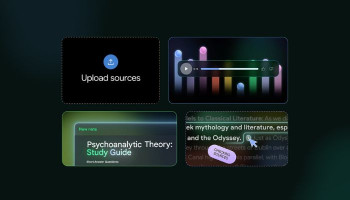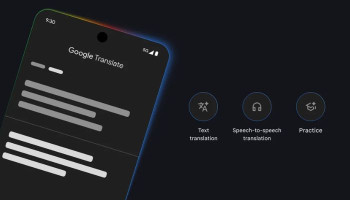
Apple is gearing up to potentially integrate advanced generative AI features in the upcoming iPhone 16, a move seen as crucial to stay competitive with rivals like Samsung’s Galaxy S24 series and Google’s Pixel 8. Unlike its competitors, Apple has a reputation for taking its time to adopt new technologies but often excels in their execution. The switch to USB-C in iPhone 15 models is a case in point, despite debates on whether Apple maximised this transition.
This approach has sparked curiosity about how Apple might leverage generative AI to distinguish its offerings in the fiercely contested smartphone market. While some predictions might veer into speculative territory, others are grounded in informed guesswork.
Top 5 iPhone 16 AI features
- Generative AI in Siri
- Smart video editing
- Supercharged translation tools
- Clever call screening
- Supercharged Maps
A key area of potential is integrating generative AI into Siri. While Siri has shown improvement over time, it still lags behind rivals like Google Assistant and Amazon Alexa. Enriching Siri with generative AI could transform it into a more dynamic assistant capable of tasks like planning your day based on emails, creating digital art, or editing photos on command.
Considering smartphones like the Pixel 8 Pro and Galaxy S24 Ultra, which use generative AI in specific apps and tools, Apple has an opportunity to seamlessly integrate AI capabilities into Siri. This integration could simplify the use of AI features for everyday users, making it a potentially popular move, given Apple’s flair for marketing and presentation.
In the world of video editing, where iPhones already excel, generative AI could offer innovative solutions. This might include AI-assisted video clip generation or intelligent editing, significantly benefiting content creators.
Furthermore, Apple could enhance its translation tools with generative AI, offering real-time, precise translations and automatic language detection and adjustment, potentially outdoing existing services.
Another area ripe for improvement is call screening. Introducing AI-driven call screening to manage spam calls more effectively would be a welcome addition for many iPhone users.
Finally, Apple Maps could benefit significantly from generative AI. Incorporating natural language queries for personalised recommendations and navigation advice could rival, or even surpass, the utility of Google Maps.
All these potential applications of generative AI in the iPhone 16 point to Apple not just catching up with the competition, but possibly leading the charge in smartphone innovation and user experience.
















